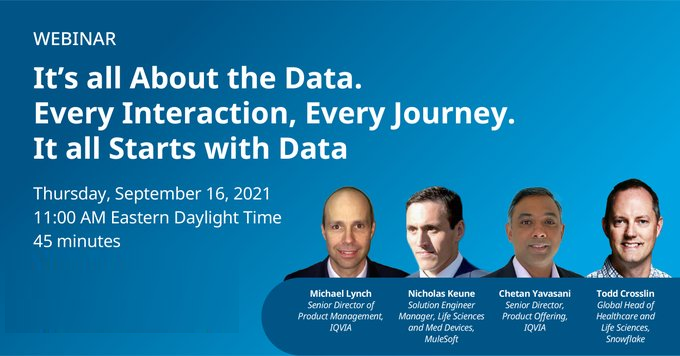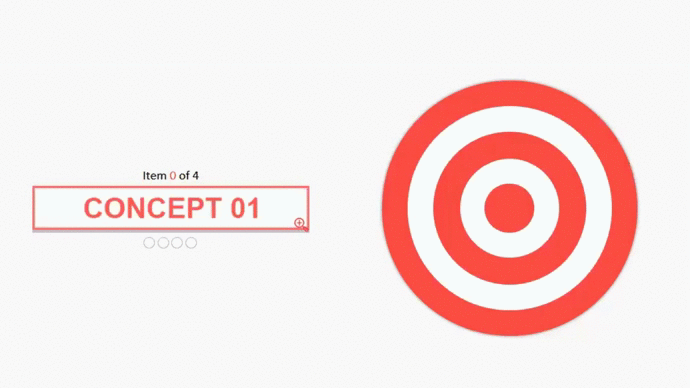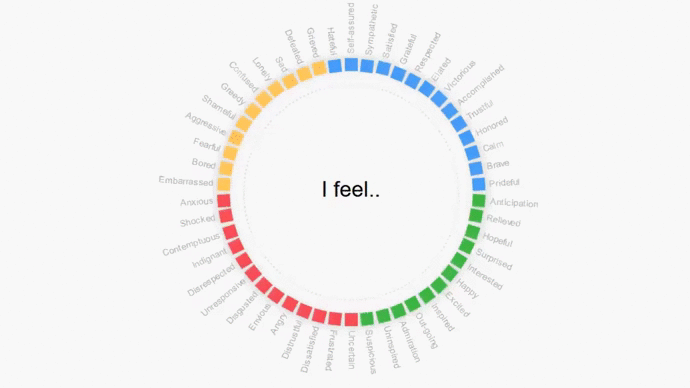
This post is a recap of a September 16, 2021 IQVIA webinar with:
- Michael Lynch, Senior Director of Product Management, IQVIA
- Chetan Yavasani, Senior Director Product Offerings, IQVIA
- Todd Crosslin, Global Head of Healthcare and Life Sciences, Snowflake
- Nicholas Keune, Solution Engineer Manager, Life Sciences and Med Devices, MuleSoft
Please watch the full recording here. Below are a few of the (many!) points that struck me as particularly important.
Introduction
Historically, customer, marketing, and business data were siloed and disconnected. Today, however, personalized omnichannel experiences that put customer needs first are increasingly essential. Even though new forms of data (e.g., email, text, Rx, claims, media, social, digital) each with their own data formats are added to the business requirements every day, all of that data needs to be well-connected with seamless accessibility. This is the only way that holistic data analytics and business intelligence can be carried out.
The majority of pharmaceutical of pharma leaders believe that improving their ability to connect, share and analyze data is key to their success. Not only do they need to access their own data, regardless of the department in which it originated, they also need to access data from external sources. Done well, these efforts mean that data is accessed more quickly and with fewer financial and personnel requirements.
How to Choose a Data Management Partner
- Great partners are innovative and capable of influencing project or company goals even when your data requirements aren’t innovative.
- They easily accept ambiguity in project requirements and, at the same time, deliver extremely exact outputs.
- Successful partners are always testing new ideas and experimenting at scale.
- They have extensive, relevant experience working with petabytes of data.
Key Future-Proofing Strategies
- Assume a technology project is never complete. Rather than locking up the code, plan on regular improvements and updates.
- Build components that can be easily separated and individually upgraded or improved, in anticipation of when the technology will drastically change – you know it will!
- Know that what worked in the past won’t necessarily work today, and be open to new ways of doing and thinking.
- Seek to understand what other people are questioning in order to drive collaboration. When you know what your colleagues are doing, you can accomplish more together rather than doing the same thing in two silos.
Cloud Technologies Are More Than Storage
- Cloud technologies are the backbone of agility. They permit all the data to be dropped into the same place using the same formats allowing insights to be generated more quickly.
- Cloud technologies aren’t just another place to store data. In the case of healthcare, they facilitate faster sharing of clinical trial data. That drives better lives for patients now rather than 5 years from now at the end of the next innovation funnel.
AI-Backed Technology
- Artificial intelligence acts as an objective, third-party that can bring to light issues a person may not have thought of or isn’t comfortable saying.
- AI is well placed to be an additional opinion or perspective to be considered along side all the other opinions.
What’s Next?
Regardless of your company size, every business has data that can be leveraged to generate better insights and grow a more successful business. From survey and focus group data, to transactional and financial data, it’s time to figure out which of your data sources need to do a better job of pulling their weight.
Learn more from our health care case studies
- Understanding Relative Importance of Healthcare Imaging Features for New Product Development – A survey + MaxDiff case study
- Building a Strategic Business Plan Grounded in Industry Data – A pharmaceutical data analytics case study
- Mapping a Patient Funnel to Mitigate Treatment Barriers – A cancer patient survey case study
Learn more from our other blog posts


